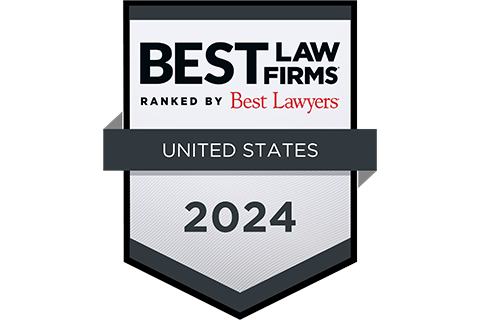New Fair Employment and Housing Act Regulations Further Limit Consideration of Criminal History in Employment Decisions
Considering criminal records when making employment decisions has long been the subject of scrutiny, and will soon be governed by new California regulations. On March 27, 2017, the California Office of Administrative Law approved several amendments to the Fair Employment and Housing Act (FEHA). They include adding a section (Section 11017.1) that effectively establishes the standard of proof for claims by applicants and employees that employment decisions based upon criminal records create an adverse impact on protected classes in violation of the FEHA. The amendments will take effect on July 1, 2017.
Section 11017.1 adopts the EEOC’s definition of “disparate impact” to define adverse impact. But unlike the EEOC guidance, it authorizes using “state-or national-level statistics” (rather than employer-specific recruiting records) to create an adverse impact presumption. An employer may rebut this presumption only by showing a “reason to expect a markedly different result” than an adverse impact, after accounting for factors specific to the area or job.
The new regulations also authorize an affirmative defense that the policy or practice of considering criminal history was “job-related and consistent with business necessity.” Under this defense, the employer must show that the practice took into account the nature of the offense screened, the length of time since the offense, and the type of position implicated. The employer’s practice must be tailored to the job and related to the person’s successful performance within the position.
The regulations permit employers to adopt a “bright line” exclusion of specified convictions from specific jobs or a policy of case-by-case assessment of such convictions. For a bright-line exclusion, Section 11017.1 will require that the policy differentiate among individuals posing different risks, and be limited to convictions that have a direct and specific bearing on the position and on the individual’s ability to perform the duties of the position. Moreover, considering criminal history information more than seven years old creates a rebuttable presumption of adverse impact.
When using a case-by-case or individualized assessment policy, the employer must provide notice to the individual excluded through the screening and a reasonable opportunity for a response, and consider additional information provided by the applicant.
Regardless of the type of policy, an applicant may rebut this defense by proving that a less discriminatory alternative policy or practice existed. Also, an employer that gathers information from a source other than the applicant or employee (e.g., a credit report), will have to provide the individual notice of the screening and an opportunity to respond before taking adverse action. If the individual shows that the information is factually inaccurate, the employer will be barred from using the information.
Lastly, a rebuttable defense to the adverse impact claim is available to employers that are required by federal or state laws to conduct criminal background screening.
Ultimately, the new regulations counsel employers to be proactive in defining and tailoring conviction screening policies to meet specific concerns. If employers use a case-by-case assessment policy, they should establish processes to ensure consistency and neutrality.


